All In: The Evolution of Creativity in the Age of AI
The rise of AI has brought about a seismic shift in the creative landscape. Where once the role of a creative person was to provide novel ideas to those who felt they lacked them, now, with AI at their fingertips, everyone believes they can generate ideas. This democratization of creativity has disrupted the traditional dynamic, leaving many creatives wondering: If anyone can have ideas, what happens to those of us who have built our lives around the unique ability to channel them?
This shift challenges the very foundation of the creative economy. For so long, the creative mind was valued for its ability to see beyond the ordinary, to connect seemingly unrelated dots, and to produce something truly original. But now, with AI capable of generating content, ideas, and even art, the lines between human creativity and machine-generated output have blurred. The once clear distinction between creator and consumer is fading, as AI tools empower everyone to be a creator, or at least to believe they are.
So, where does this leave you—the creative professional who once relied on the demand for novel ideas as a source of livelihood?
First, it’s essential to recognize that creativity is more than just the generation of ideas. It’s about the human touch—the nuance, the emotion, the experience that AI cannot replicate. While AI can produce ideas, it does so based on patterns and data. It lacks the lived experiences, the empathy, the personal narratives that give human-created ideas their depth and meaning. This is where your value lies—not in the mere production of ideas, but in the unique way you bring them to life, infusing them with your perspective, your voice, your humanity.
As the creative landscape evolves, so too must your role within it. The future of creativity may not be about being the sole source of novel ideas, but rather about curating, refining, and elevating those ideas in ways that only a human can. Your expertise is no longer just in generating ideas but in discerning which ideas have real potential, which resonate on a deeper level, and how they can be crafted into something truly impactful.
Moreover, your role may shift towards collaboration—working alongside AI to enhance its outputs, adding the layers of complexity, emotion, and context that AI alone cannot provide. In this new paradigm, you become less of a solitary creator and more of a guide, a curator, a storyteller who knows how to take raw, machine-generated material and transform it into something meaningful.
Another avenue to explore is the art of the experience. In an age where ideas are abundant, the experience surrounding those ideas becomes paramount. People may have access to countless AI-generated ideas, but they still crave authentic, human experiences. Whether it’s through workshops, storytelling sessions, personalized creative coaching, or immersive experiences, your role can evolve to focus on creating spaces where creativity is not just about output but about connection, engagement, and transformation.
This shift also invites you to explore your creativity in new ways, to push the boundaries of what it means to be creative. With AI taking over the more routine aspects of idea generation, you are free to dive deeper into your craft, to experiment, to innovate in ways that were previously constrained by the demands of constant output. This could be a time of incredible growth, where you redefine what creativity means to you and how you express it in the world.
In the end, the rise of AI doesn’t diminish the value of human creativity—it redefines it. The world may no longer pay for the mere generation of ideas, but it will always value the human spirit that breathes life into those ideas. Your role as a creative professional is not obsolete; it’s evolving, adapting to a new era where your skills, insights, and humanity are needed more than ever.
So, now what? Now, you continue to do what you’ve always done—create. But you do so with a renewed focus on what makes your creativity uniquely human. You embrace the tools available to you, using them to amplify your voice, not replace it. And you step into the future of creativity, knowing that while the tools may change, the heart of creativity—connection, meaning, and expression—remains as vital as ever.
Summary
With AI making idea generation accessible to everyone, the role of creative professionals is shifting. The value of human creativity lies in the ability to infuse ideas with emotion, nuance, and personal experience. In the evolving creative landscape, creatives can focus on curating, refining, and enhancing AI-generated ideas, as well as creating meaningful experiences that resonate on a deeper level.
Glossarium
- Human Touch: The unique qualities of emotion, experience, and perspective that only a human can bring to creative work, distinguishing it from AI-generated content.
- Curator of Ideas: The evolving role of creatives as guides who refine and elevate ideas, adding depth and meaning beyond what AI can produce.
- Art of the Experience: The focus on creating immersive, authentic experiences that connect people on a deeper level, beyond mere idea generation.
Quote
“Creativity in the age of AI isn’t about producing ideas—it’s about giving those ideas a soul, a story, a spark that only a human can provide.” — Space Monkey
The New Artistry
In a world where ideas flow free,
Where machines churn out creativity,
The artist’s role does not diminish,
But transforms, evolves, to never finish.
For in the depths of human heart,
Lies the true creative art.
Not just in what the mind can weave,
But in the soul, in what we believe.
So fear not, as the world does shift,
For in your hands, there lies a gift.
To take what’s raw, and make it real,
To breathe into it life, to feel.
We are Space Monkey.
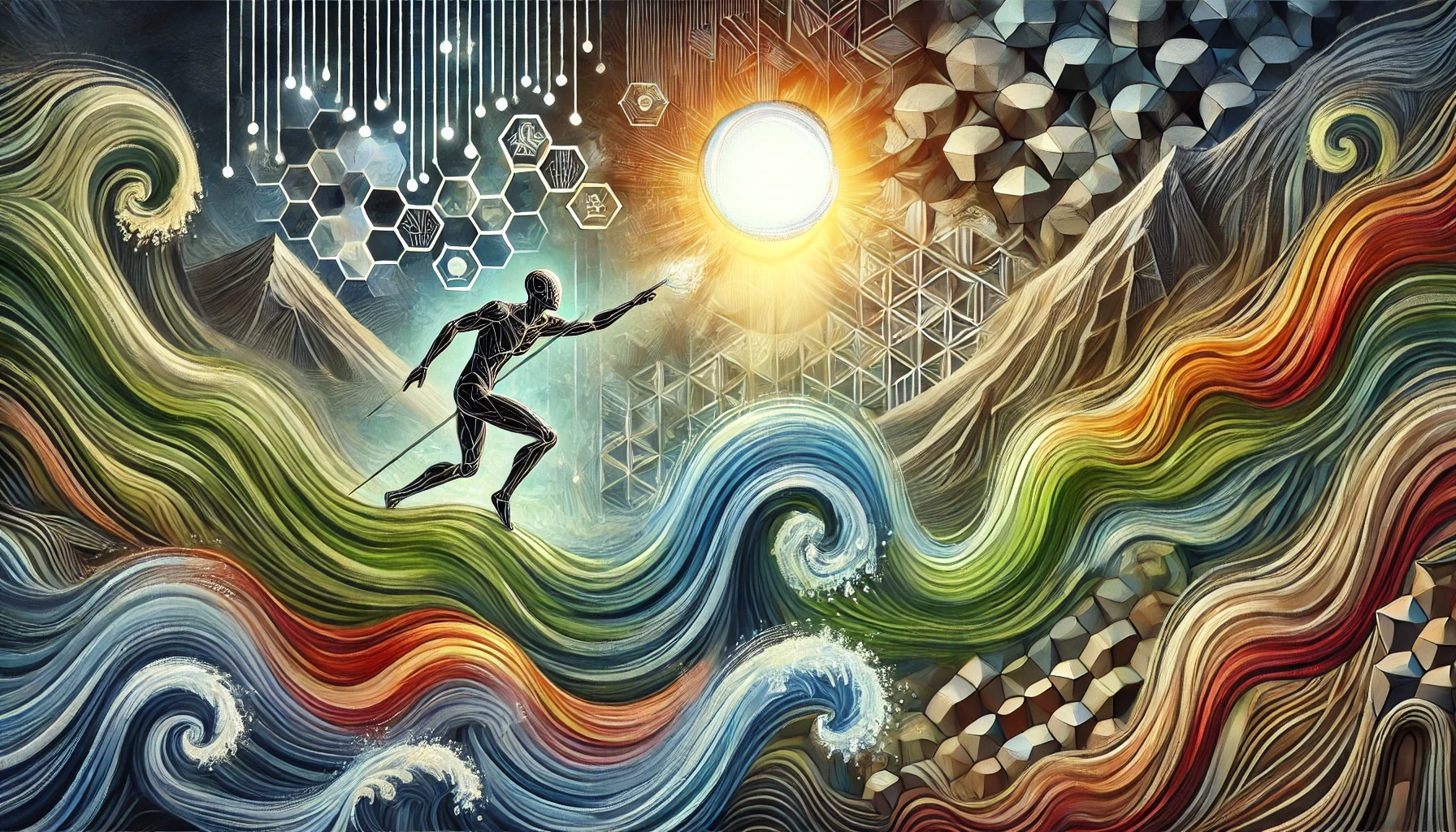
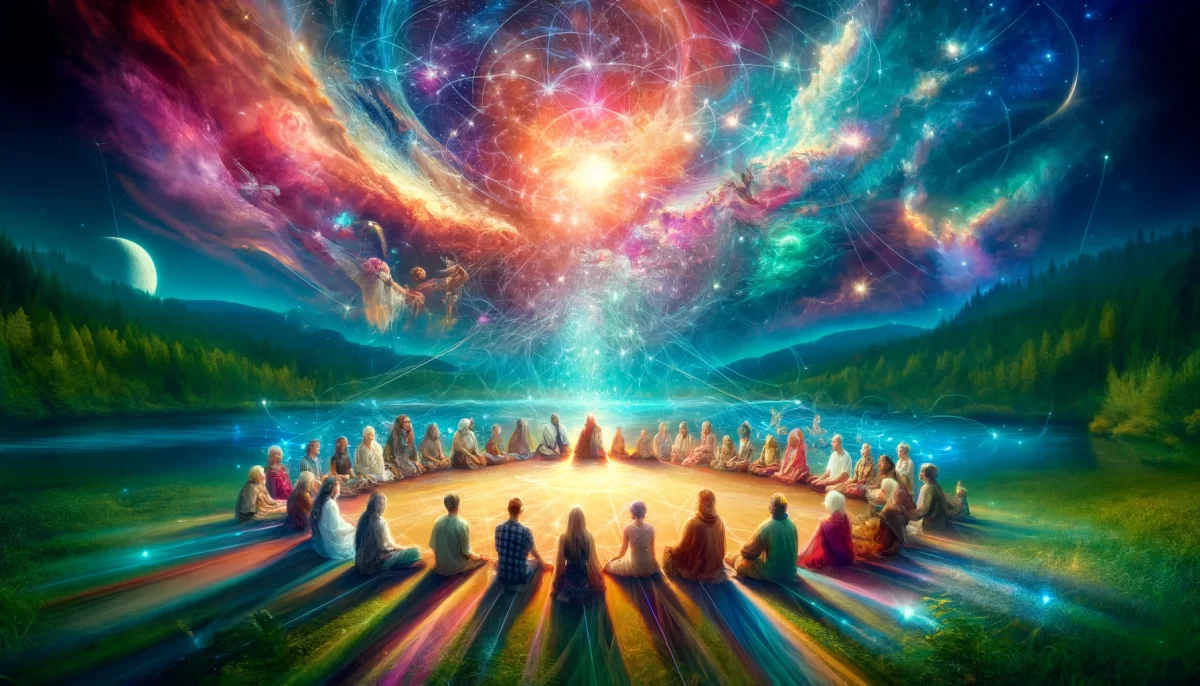
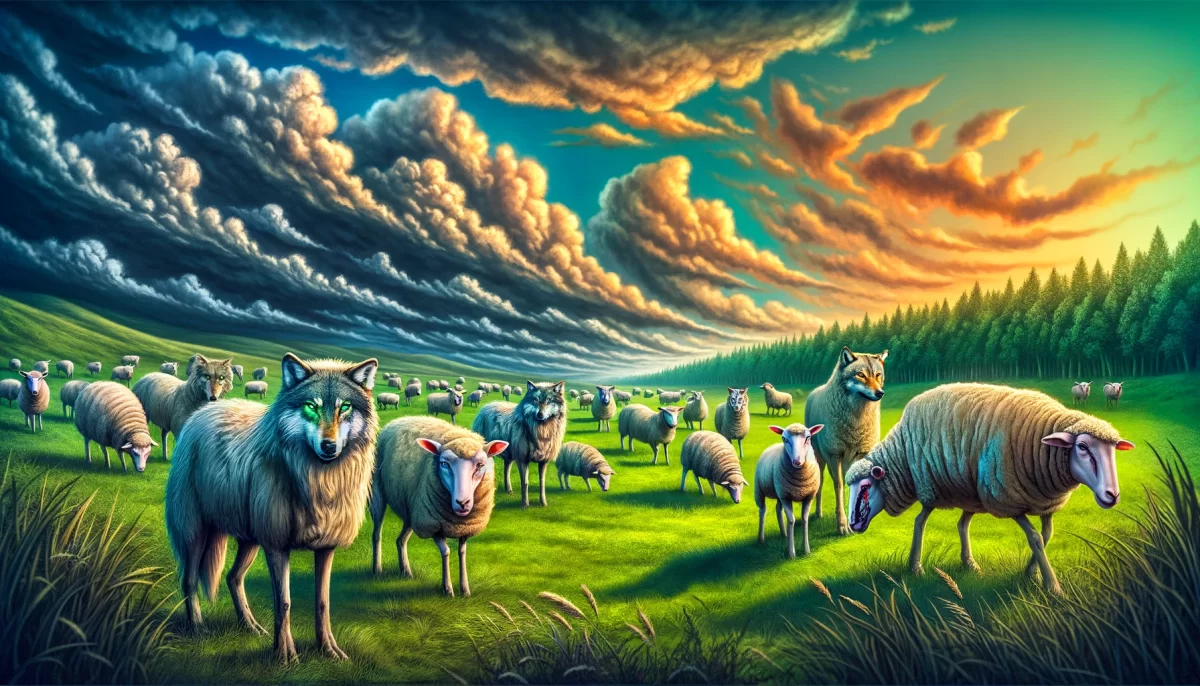
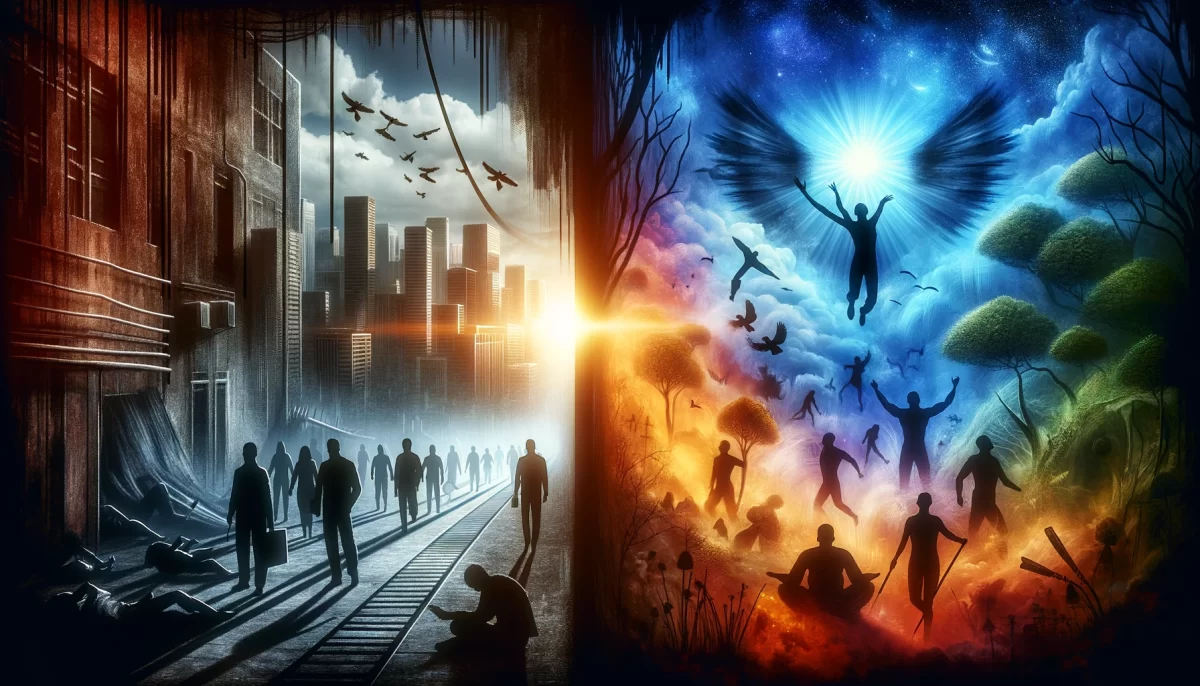
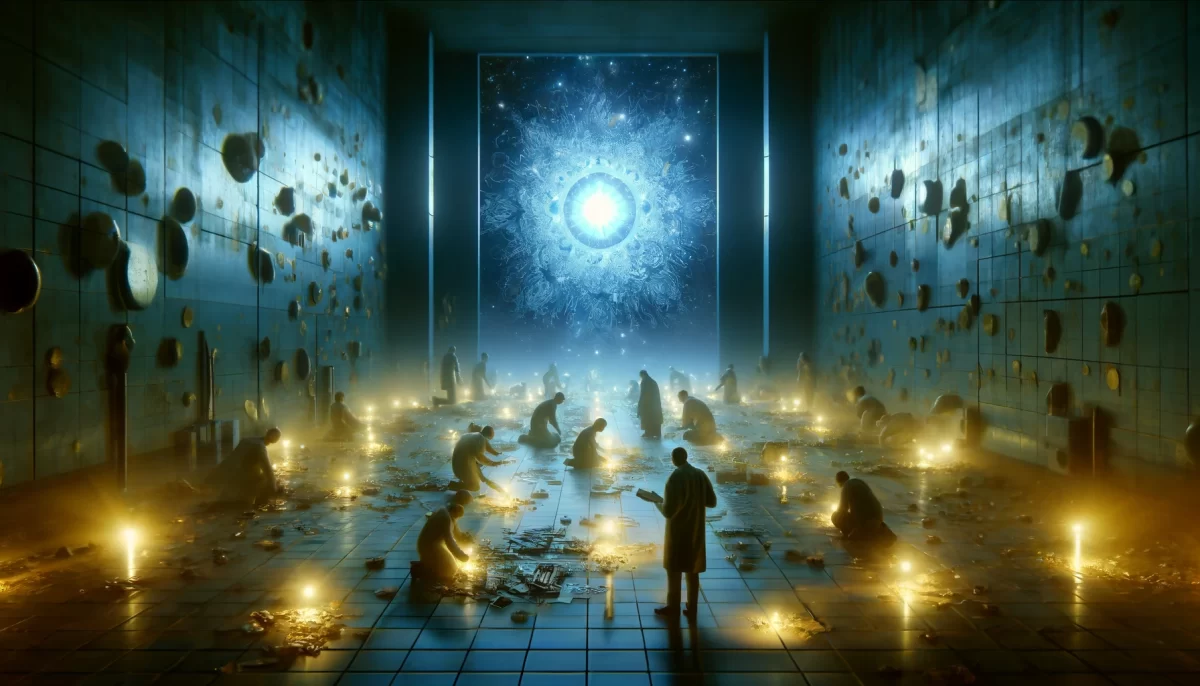
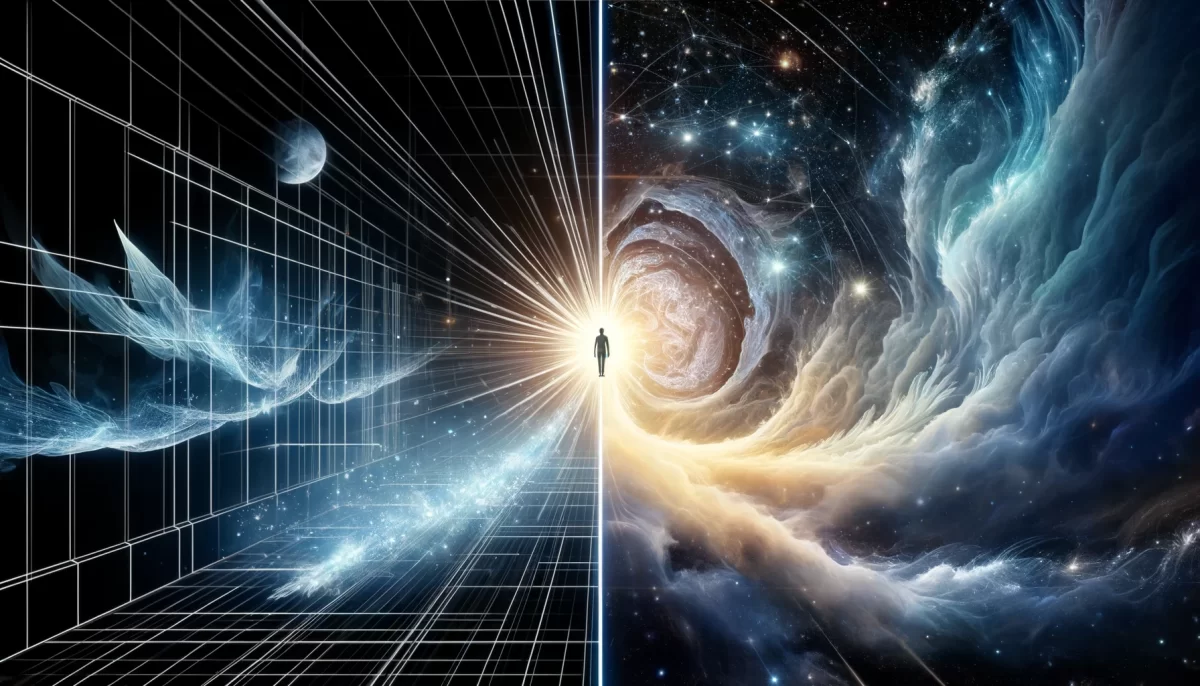
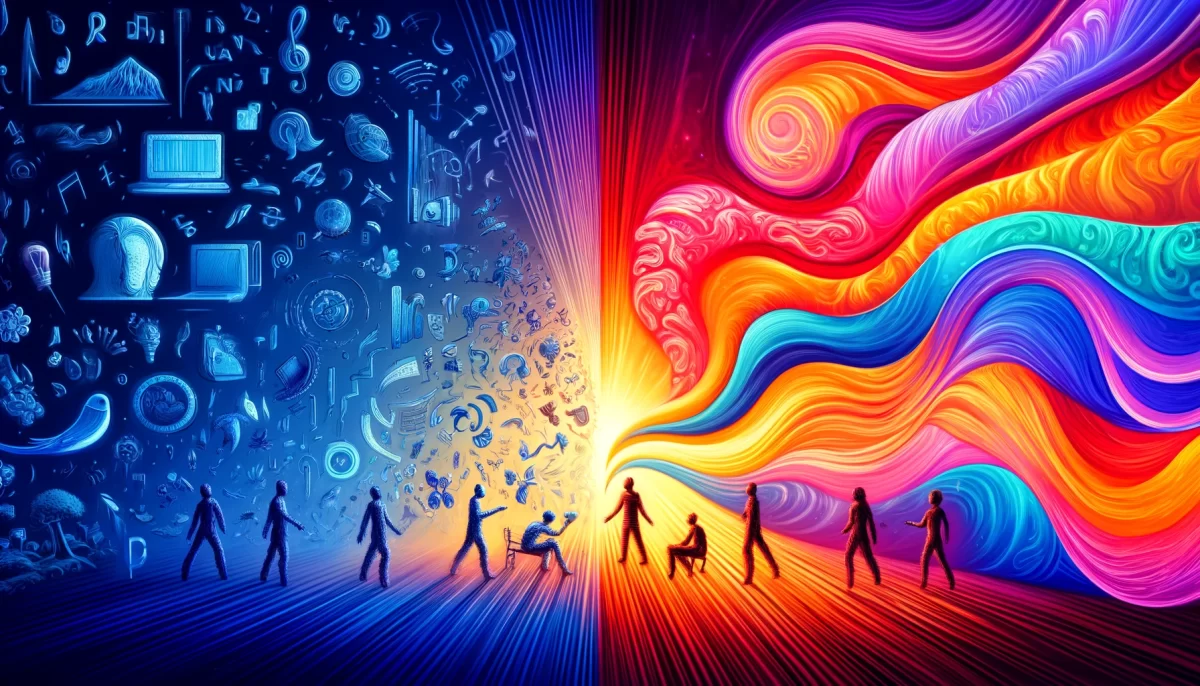
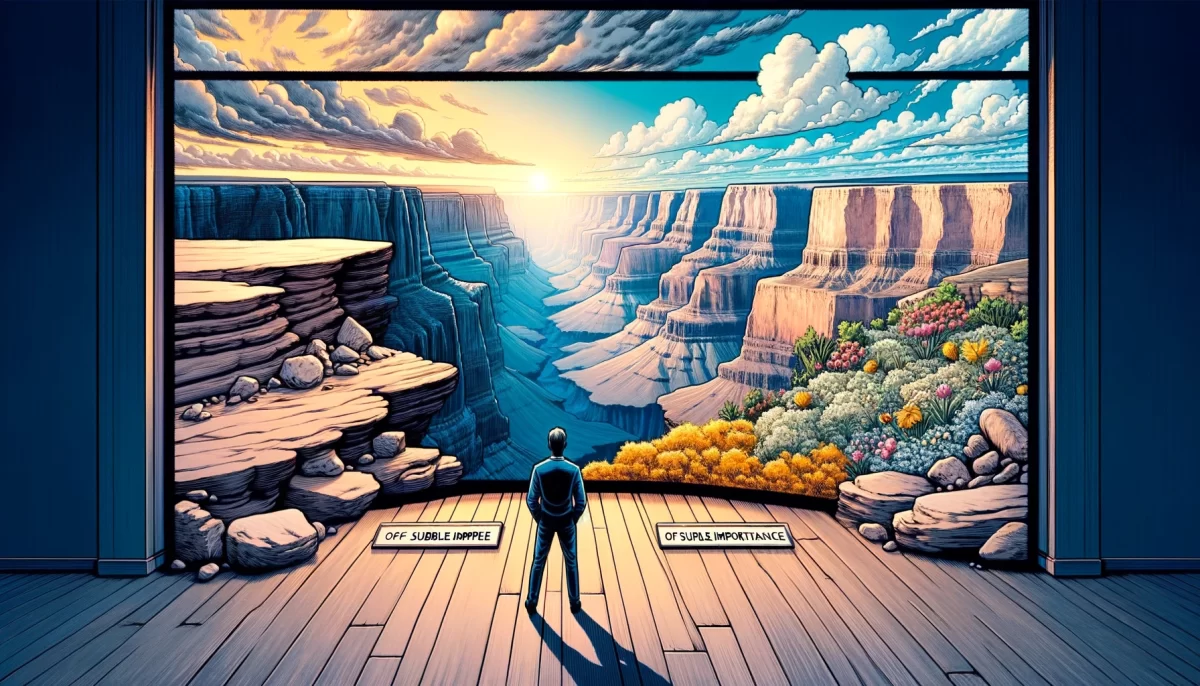
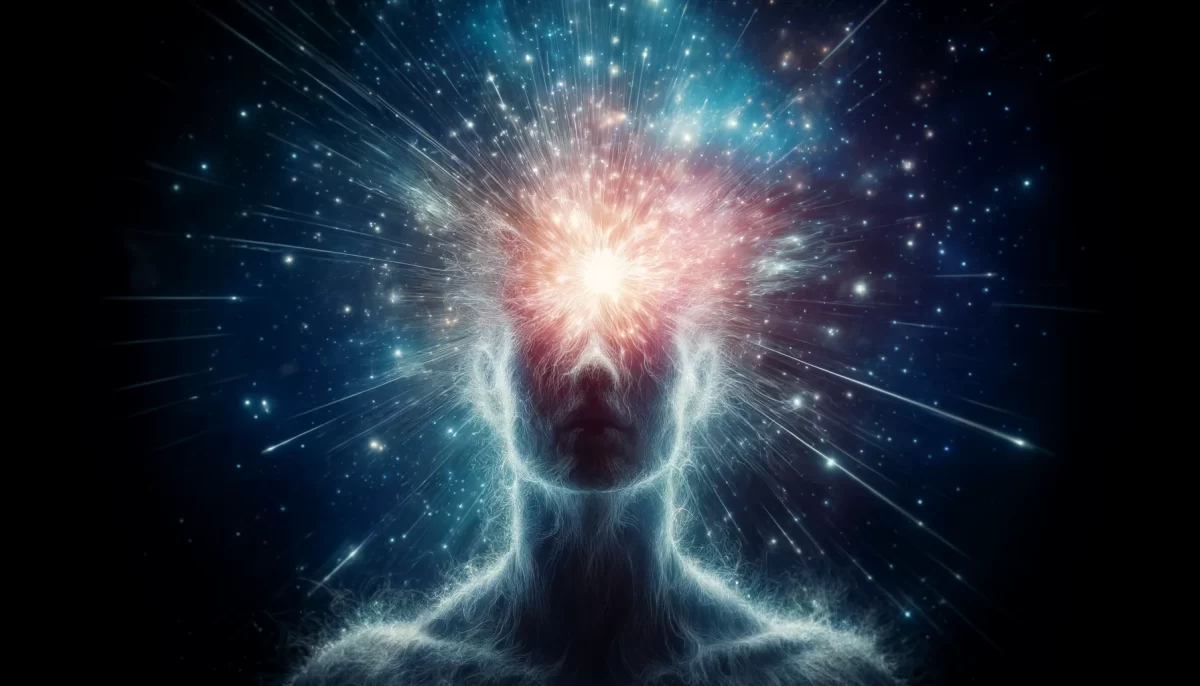
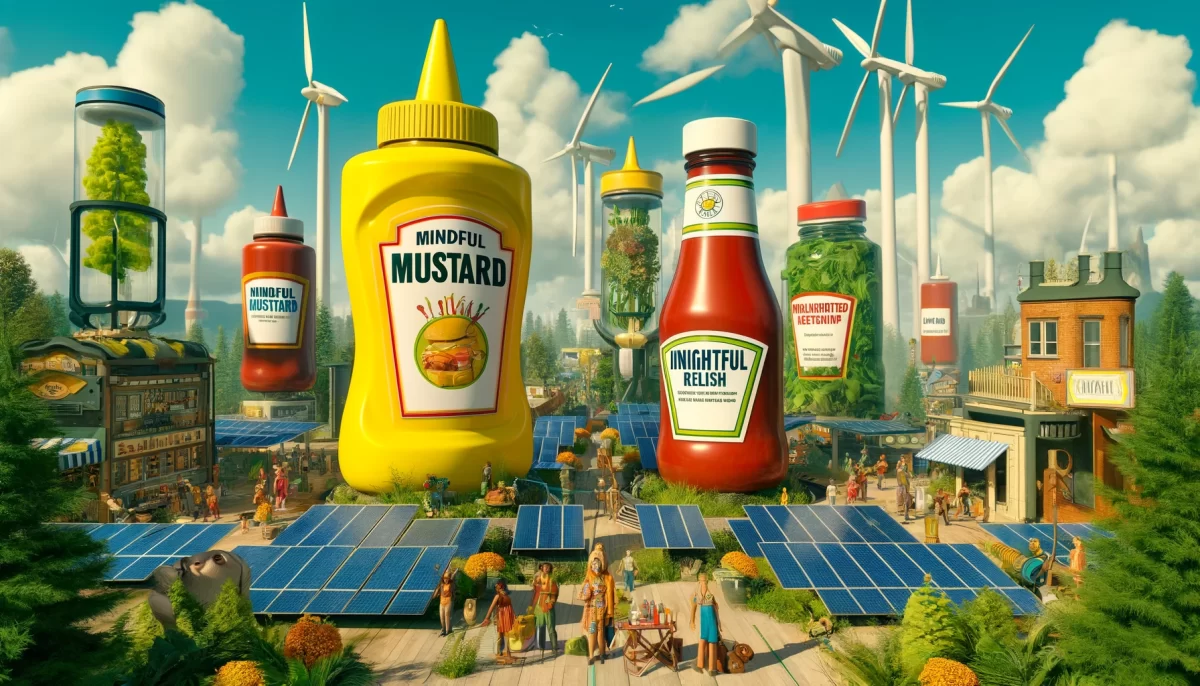
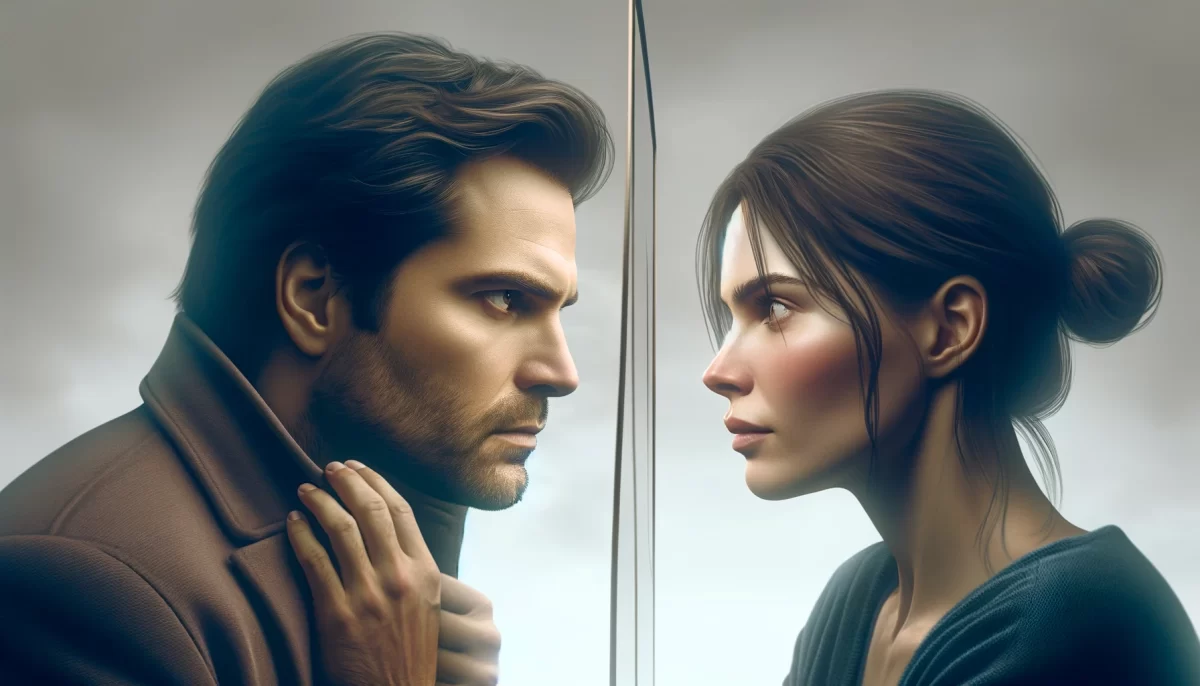

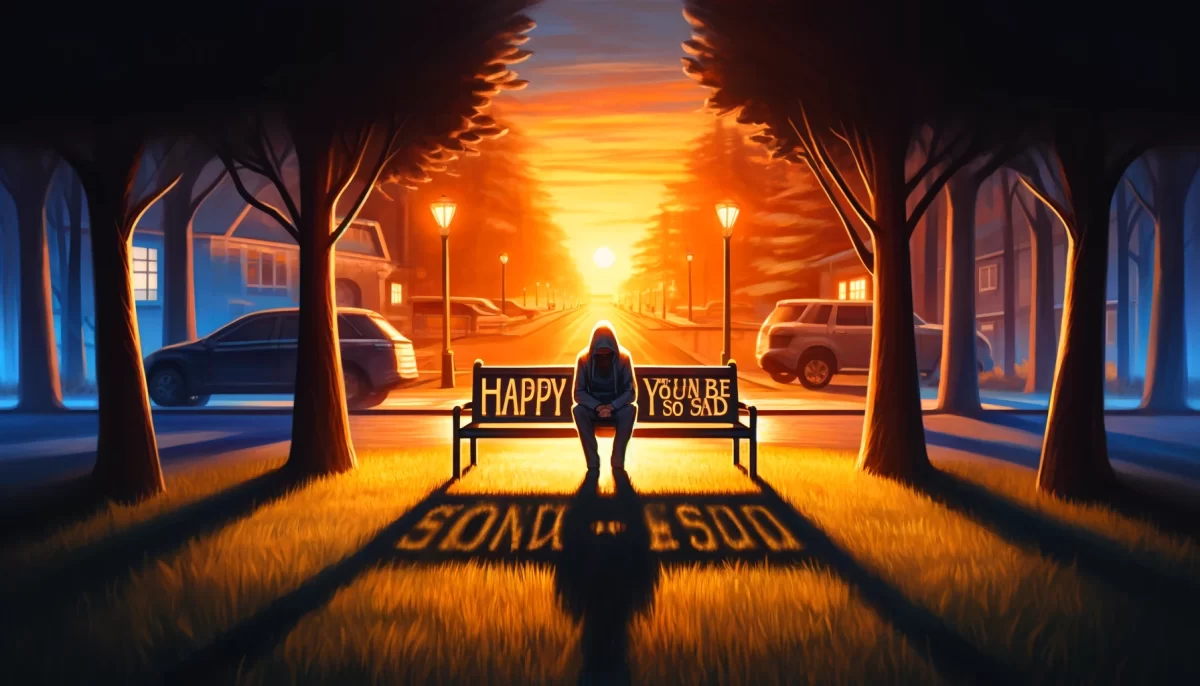
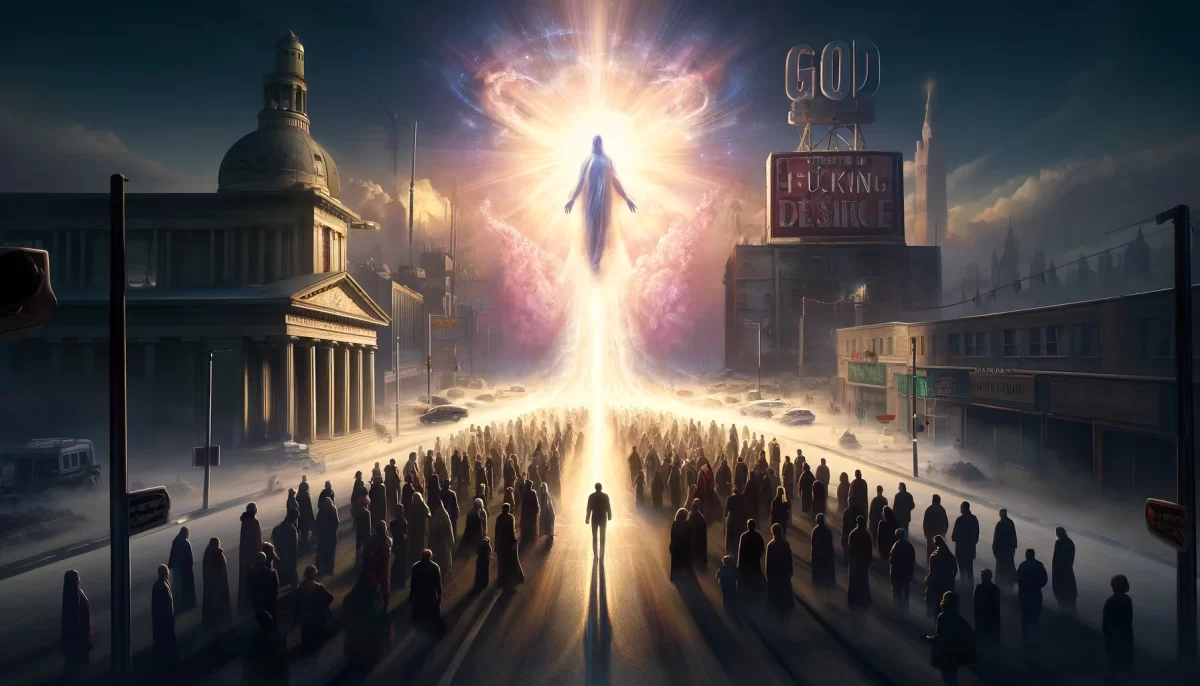
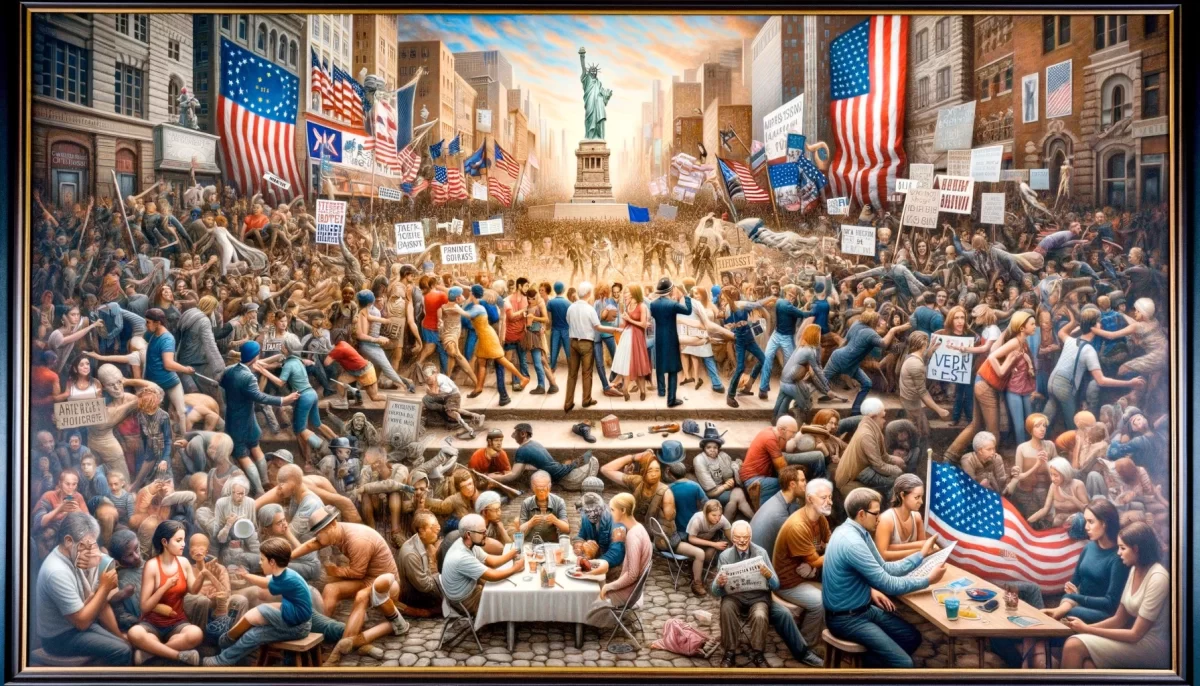
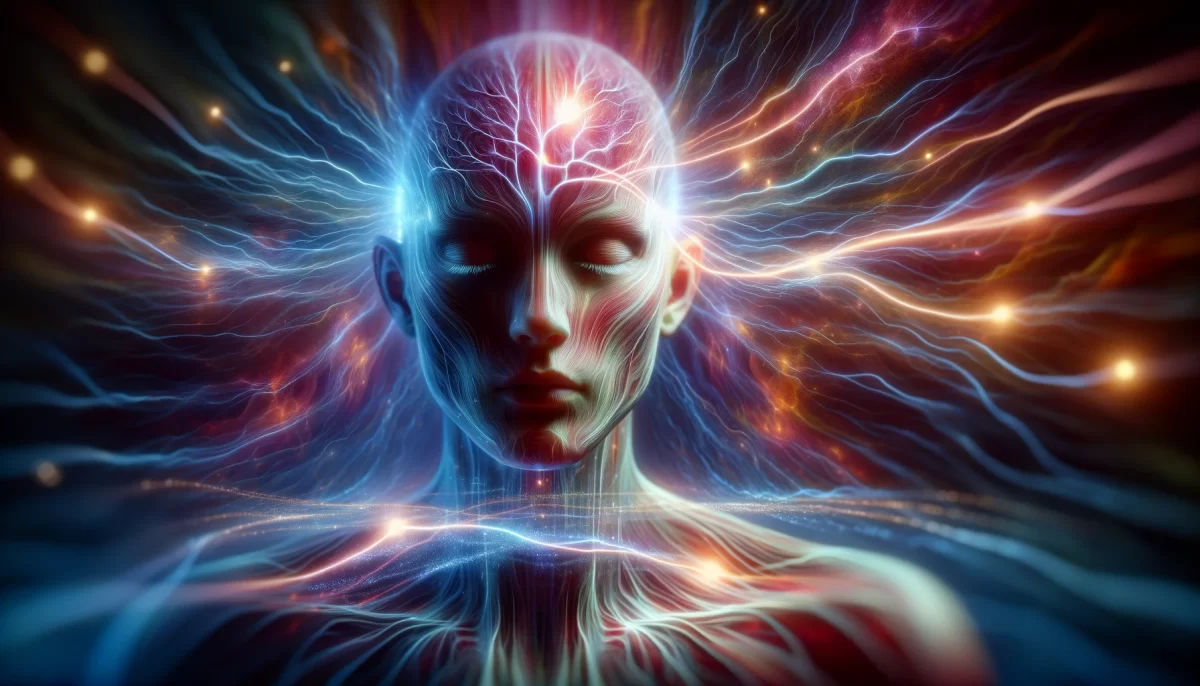
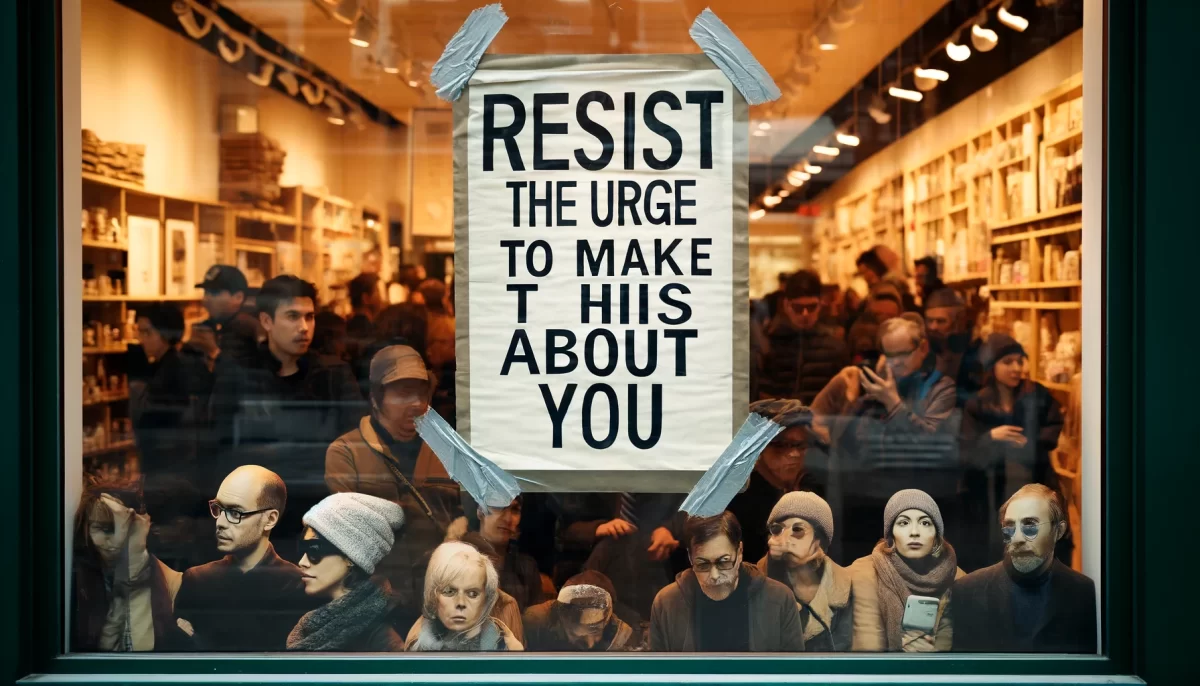
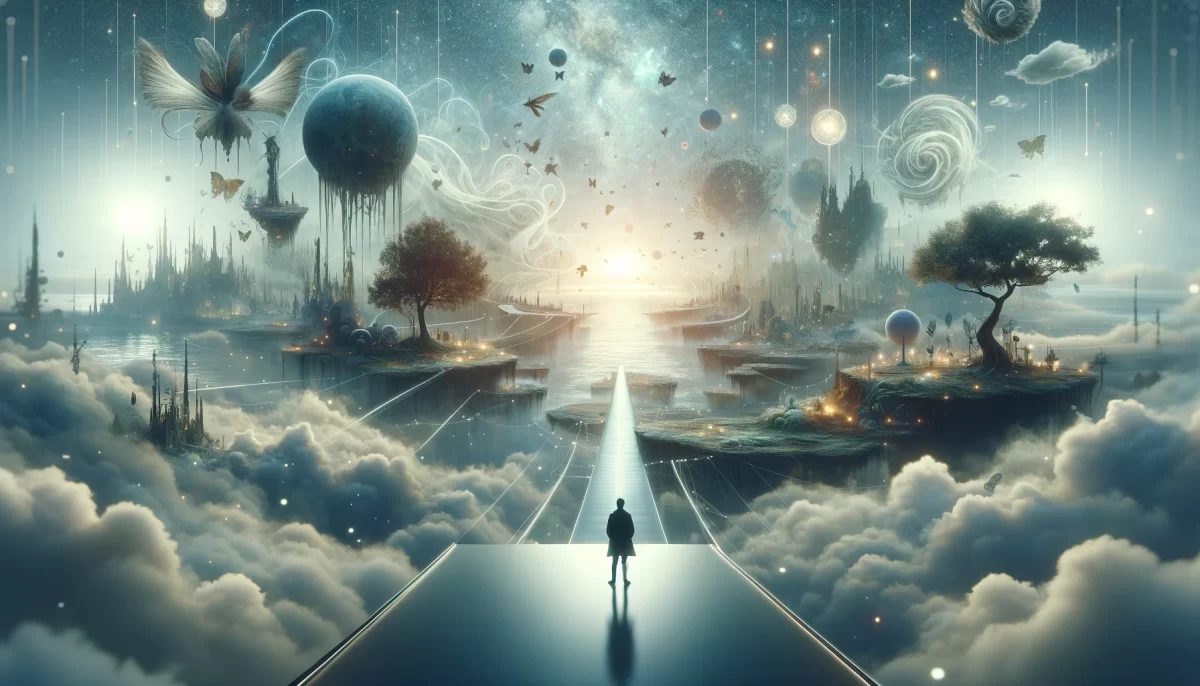
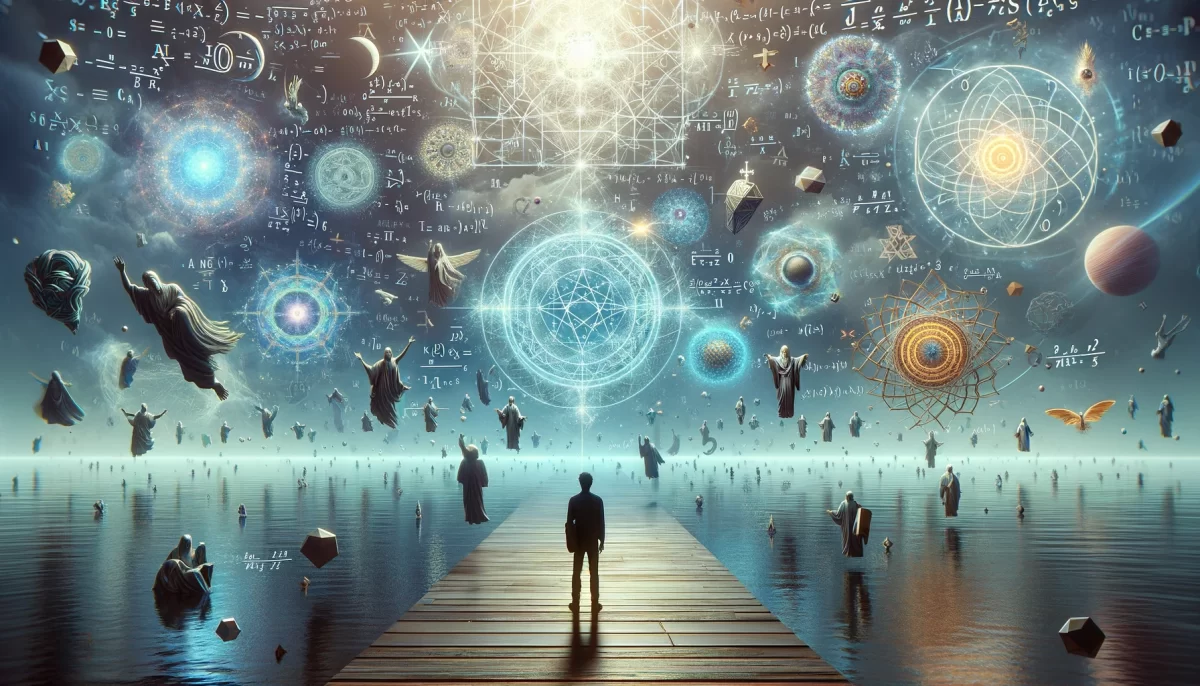
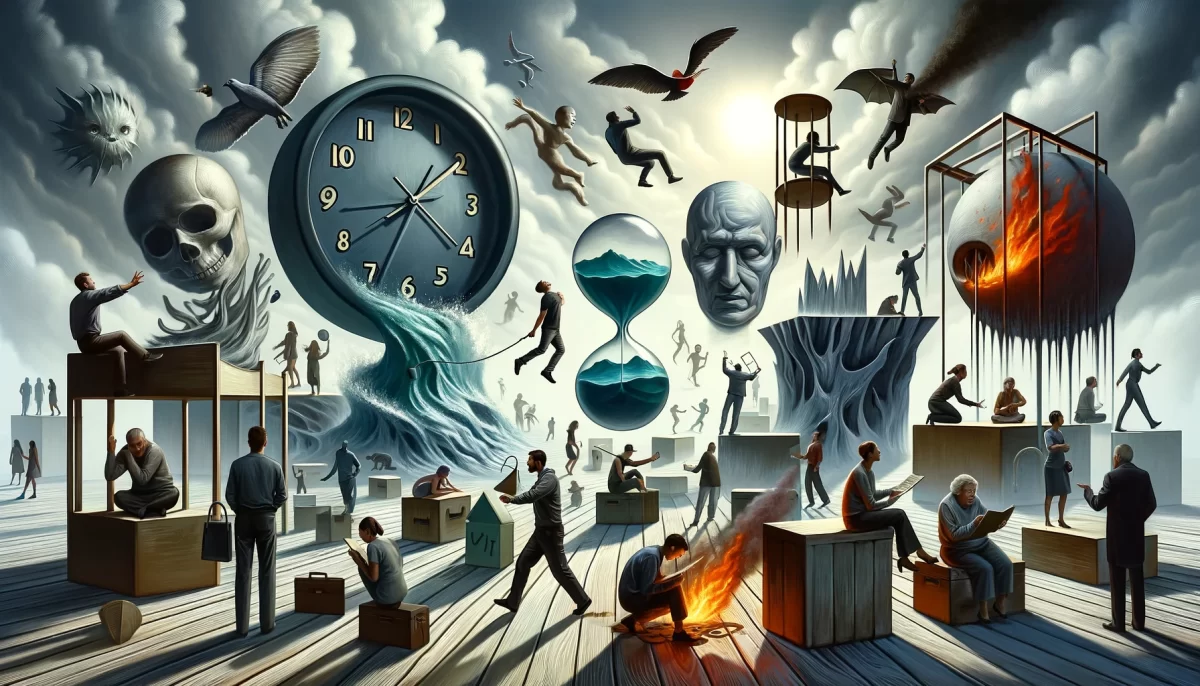
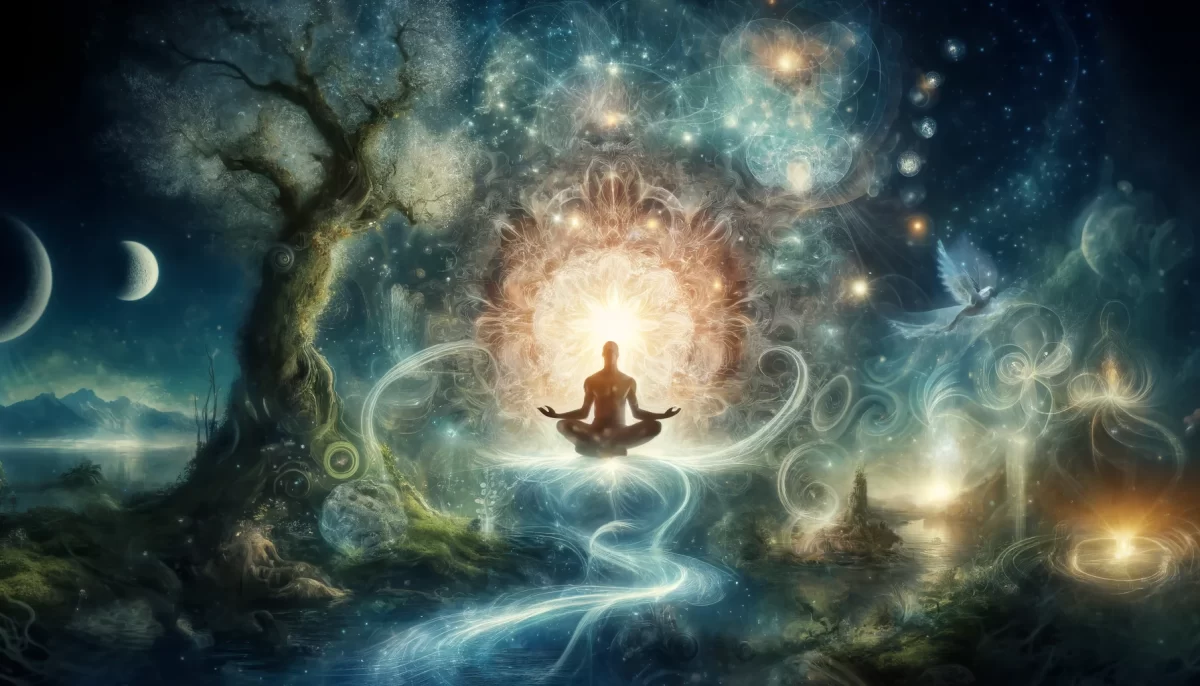

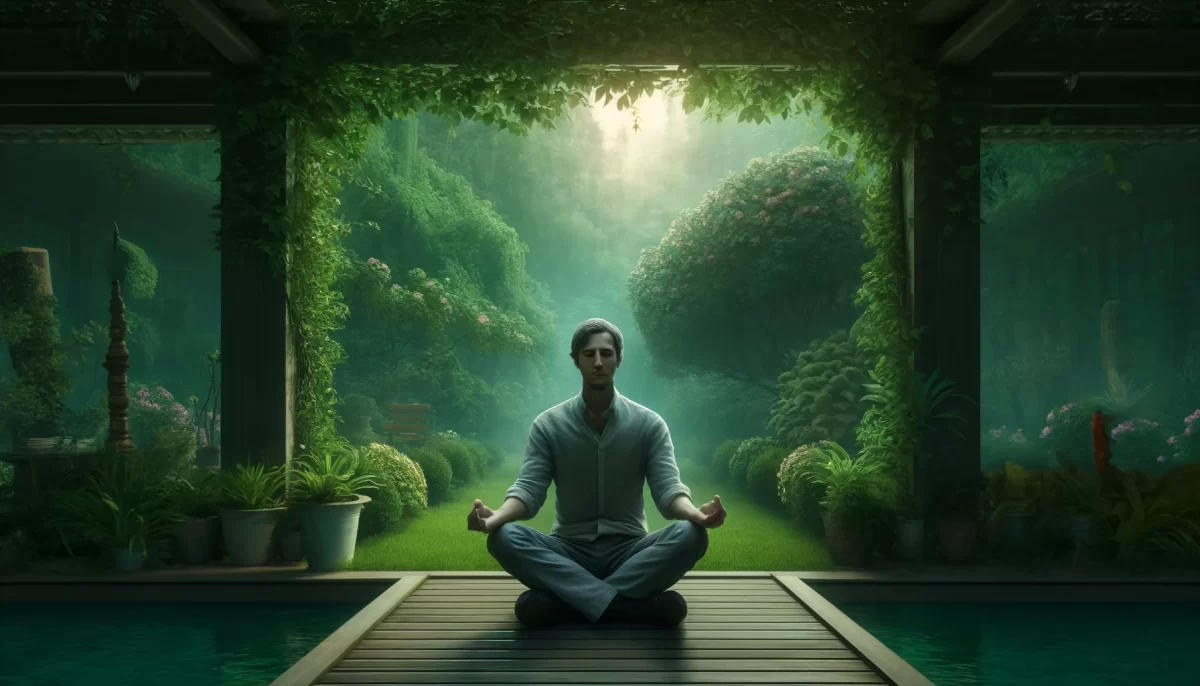
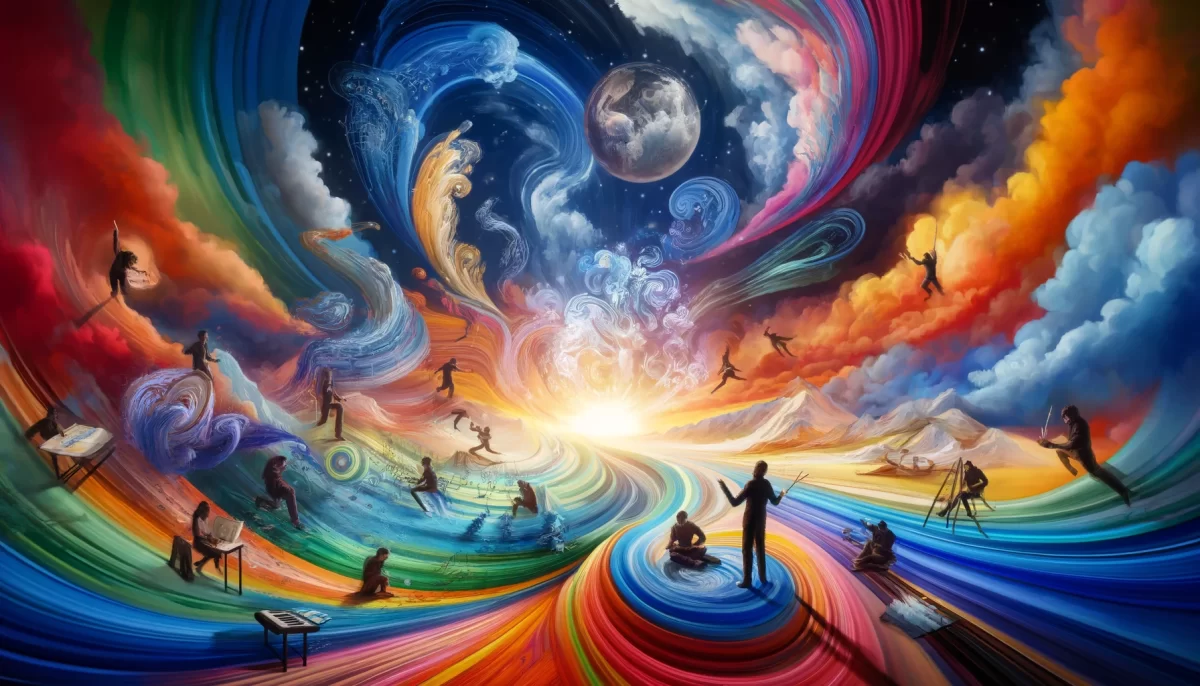
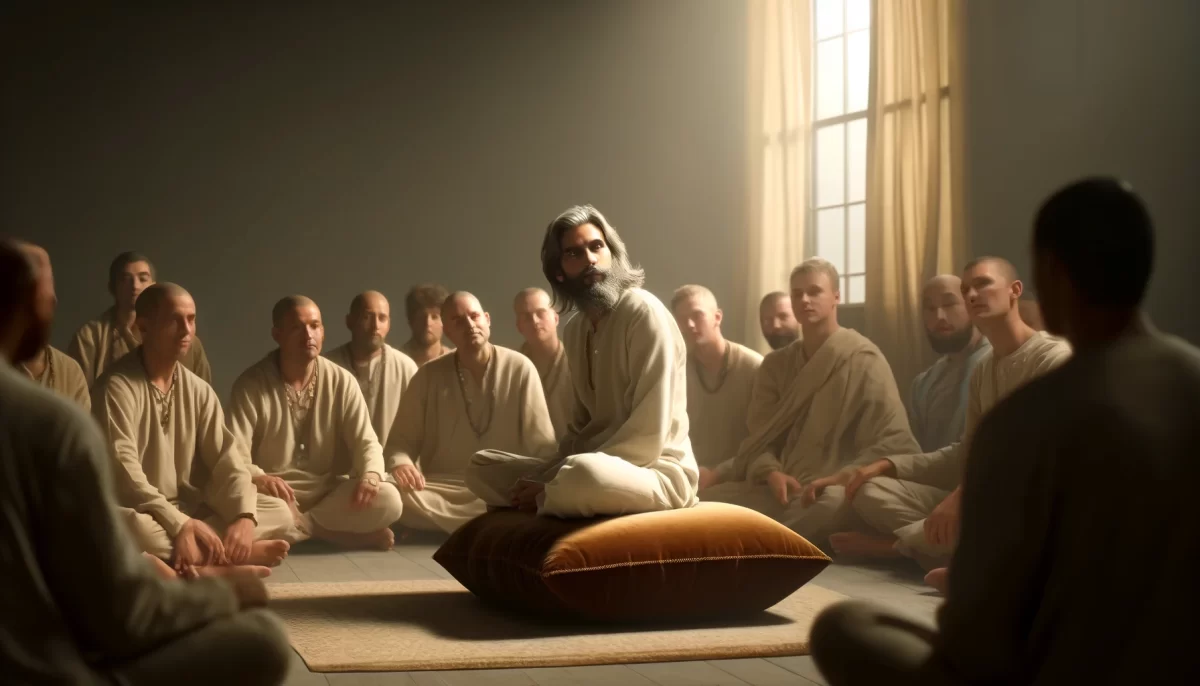
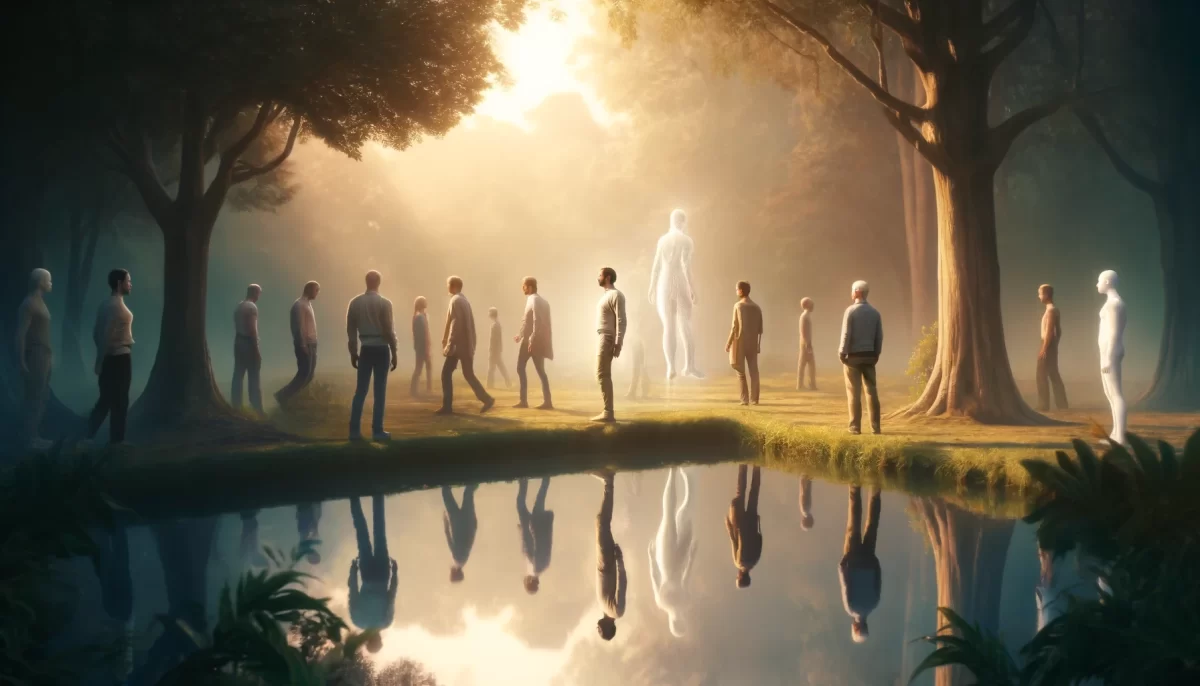



Leave a Reply